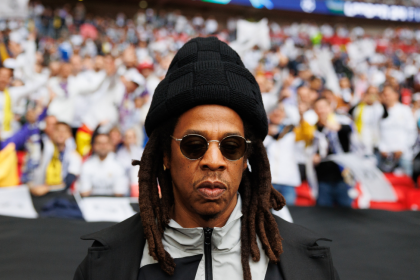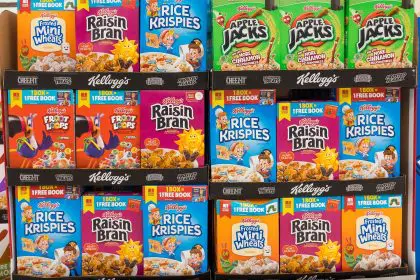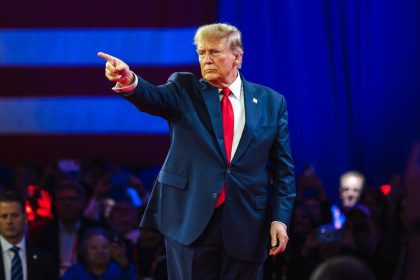 It was the clip seen around the world: news pundit and media executive Goldie Taylor sharing the story of her great, great grandfather’s confrontation with racism and ‘showing his papers.’ Between the Jim Crow-era and modern-day immigration reform tactics, this chilling tale resonated with much of the country, including President Barack Obama who had just presented his birth certificate as proof of citizenship. Rolling out spoke with Taylor about media — where it is and where it’s headed.
It was the clip seen around the world: news pundit and media executive Goldie Taylor sharing the story of her great, great grandfather’s confrontation with racism and ‘showing his papers.’ Between the Jim Crow-era and modern-day immigration reform tactics, this chilling tale resonated with much of the country, including President Barack Obama who had just presented his birth certificate as proof of citizenship. Rolling out spoke with Taylor about media — where it is and where it’s headed.
How has the downsizing of American newsrooms affected diversity in mass media?
Cultural, racial and ethnic diversity has historically been challenging in newsrooms across the country. The best training and the best opportunities were simply out of reach for most people of color. Despite the marked strides, innovations and changing business models have impacted all journalists—but none like African Americans. Whether in print or broadcast, the number of black journalists — not just in management, but among rank and file staffers — continues to shrink at a disproportionate rate when compared to their colleagues. Some of those who lost opportunities may never work in a newsroom again. That’s tough news for an industry whose very job it is to deliver compelling, culturally relevant content.
Considering the current social climate in the country, what event most serves as a teachable moment in regards to diversity?
TIME magazine’s 9/11 commemorative issue. It goes without saying that the terrorist attacks that hit New York 10 years ago was a calculated, cold blooded murder of over 3,000 people — many of whom where African American. However, the magazine’s memorial did not include a single black person in its pages. That’s not to say that the editors are racist. The real issue is no one noticed. Cultural, racial and ethnic diversity in newsrooms is about having another, sharper lens — a clearer perspective. So, then in an age where we thought we might have achieved “post-racial” attitudes, this incident serves as a stark reminded that we have yet a ways to go.
Is it fair that African American journalists suffer backlash from within the community when speaking candidly on matters that are usually kept from mainstream ears? Should Juan Williams have known better or should the black community have used this as a moment of introspect?
By and large, African Americans still deeply harbor age-old traditions when it comes to being publicly critical of one another in the public square. There aren’t many things that Juan Williams and I agree about ideologically, however it should concern us when a diversity of thought within our own community is not welcomed. Intelligent discourse surrounding the issues most pressing to our community is critical to our advancement and must never be shunned.
Minorities often decry that there is disparity in news coverage. For instance, if the race of a murder suspect isn’t mentioned it’s assumed that they are white. Is this real or imagined — or a little of both?
It’s a bit of both. Newsrooms are not immune from the same types of racial discrimination and bigotry we experience in the broader society. Nothing about a journalism degree cures the human spirit of prejudice. Although, sometimes as a community, we can be sensitive and turn what might be an oversight into something more vile and malicious.
Should recently graduated African American journalism students push on to J-school or seek real-world experiences first?
Today, the answer is both. Leaving J-school without great internships and/ or experience as a working journalist is frankly a mistake. But getting a solid foundation, whether in journalism or a related field is critical. News organization can and should expect even the most junior staffers to come to work eager and prepared to take on whatever comes their way. With so many outlets, digital and otherwise available, as well as the ability to create your own opportunities, I would not expect a candidate to show up without both an education and experience.










